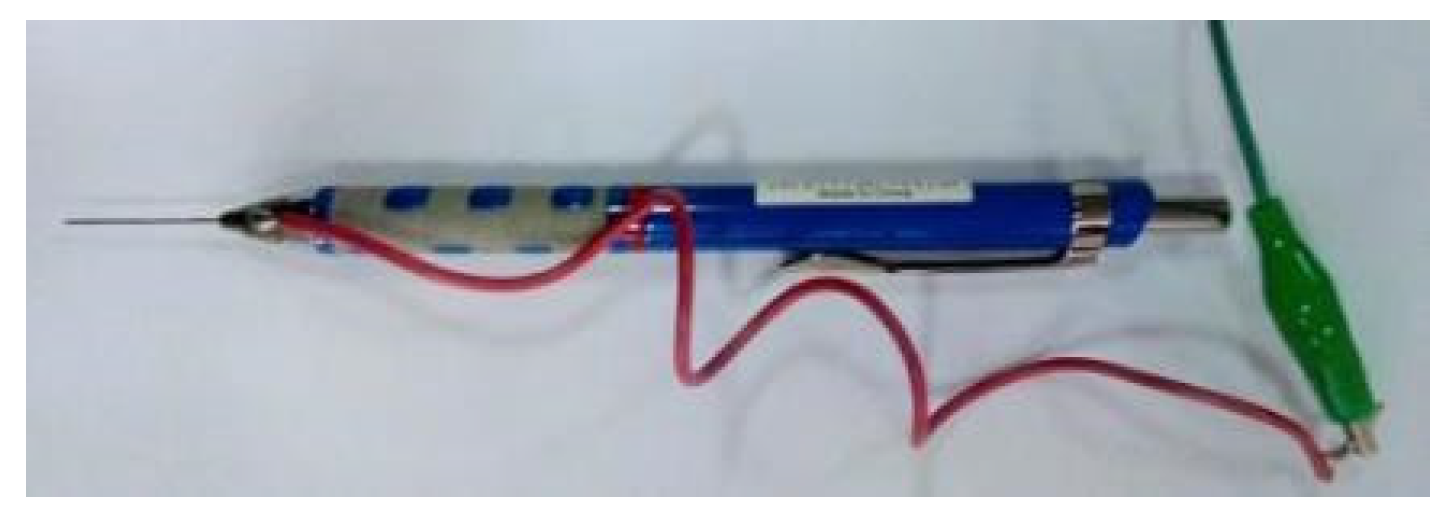Voltammetric Behaviour of Hesperidin at a Composite Graphite Electrode †
Acknowledgments
References
- Masek, A.; Zaborski, M.; Chrzescijanska, E. Electrooxidation of flavonoids at platinum electrode studied by cyclic voltammetry. Food Chem. 2011, 127, 699–704. [Google Scholar] [CrossRef] [PubMed]
- Sims, M.J.; Li, Q.; Kachoosangi, R.T.; Wildgoose, G.G.; Compton, R.G. Using multiwalled carbon nanotube modified electrodes for the adsorptive striping voltammetric determination of hesperidin. Electrochim. Acta 2009, 54, 5030–5034. [Google Scholar] [CrossRef]
- David, I.; Popa, D.; Buleandra, M. Pencil graphite electrodes: A versatile tool in electroanalysis. J. Anal. Methods Chem. 2017, 2017, 1905968. [Google Scholar] [CrossRef] [PubMed]

Publisher’s Note: MDPI stays neutral with regard to jurisdictional claims in published maps and institutional affiliations. |
© 2020 by the authors. Licensee MDPI, Basel, Switzerland. This article is an open access article distributed under the terms and conditions of the Creative Commons Attribution (CC BY) license (https://creativecommons.org/licenses/by/4.0/).
Share and Cite
Numan, N.; David, I.G.; Buleandră, M.; Popa, D.E.; Iorgulescu, E.E. Voltammetric Behaviour of Hesperidin at a Composite Graphite Electrode. Proceedings 2020, 57, 68. https://doi.org/10.3390/proceedings2020057068
Numan N, David IG, Buleandră M, Popa DE, Iorgulescu EE. Voltammetric Behaviour of Hesperidin at a Composite Graphite Electrode. Proceedings. 2020; 57(1):68. https://doi.org/10.3390/proceedings2020057068
Chicago/Turabian StyleNuman, Nimet, Iulia Gabriela David, Mihaela Buleandră, Dana Elena Popa, and Emilia Elena Iorgulescu. 2020. "Voltammetric Behaviour of Hesperidin at a Composite Graphite Electrode" Proceedings 57, no. 1: 68. https://doi.org/10.3390/proceedings2020057068
APA StyleNuman, N., David, I. G., Buleandră, M., Popa, D. E., & Iorgulescu, E. E. (2020). Voltammetric Behaviour of Hesperidin at a Composite Graphite Electrode. Proceedings, 57(1), 68. https://doi.org/10.3390/proceedings2020057068





